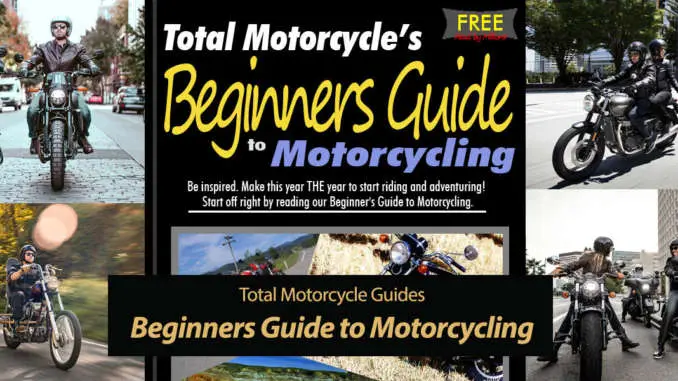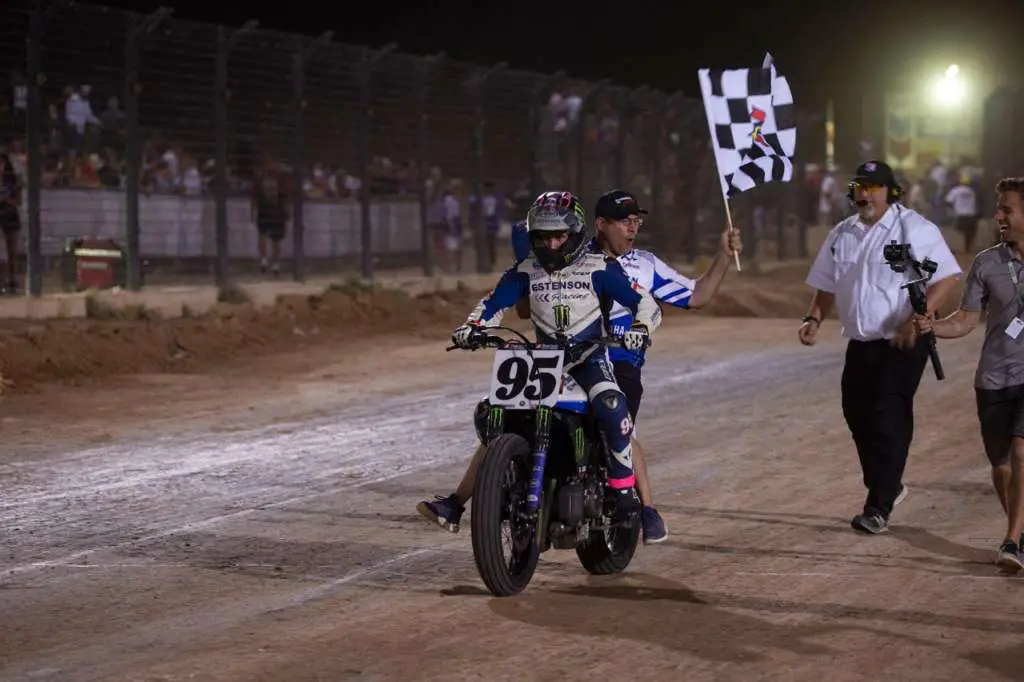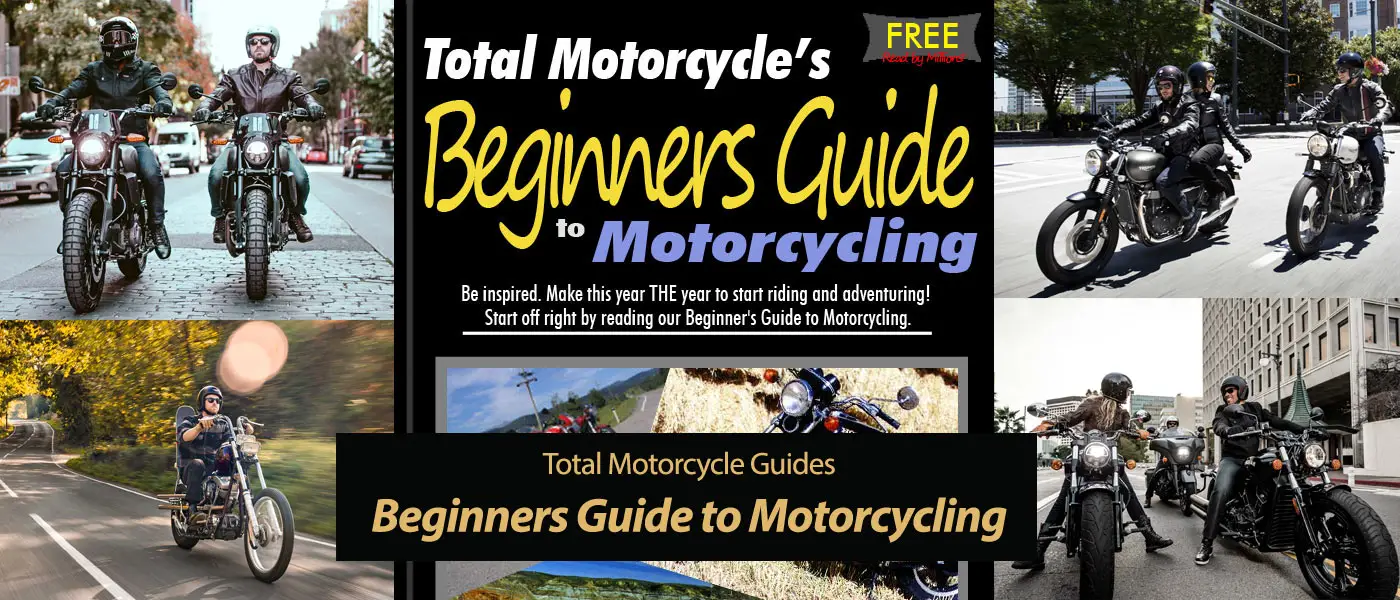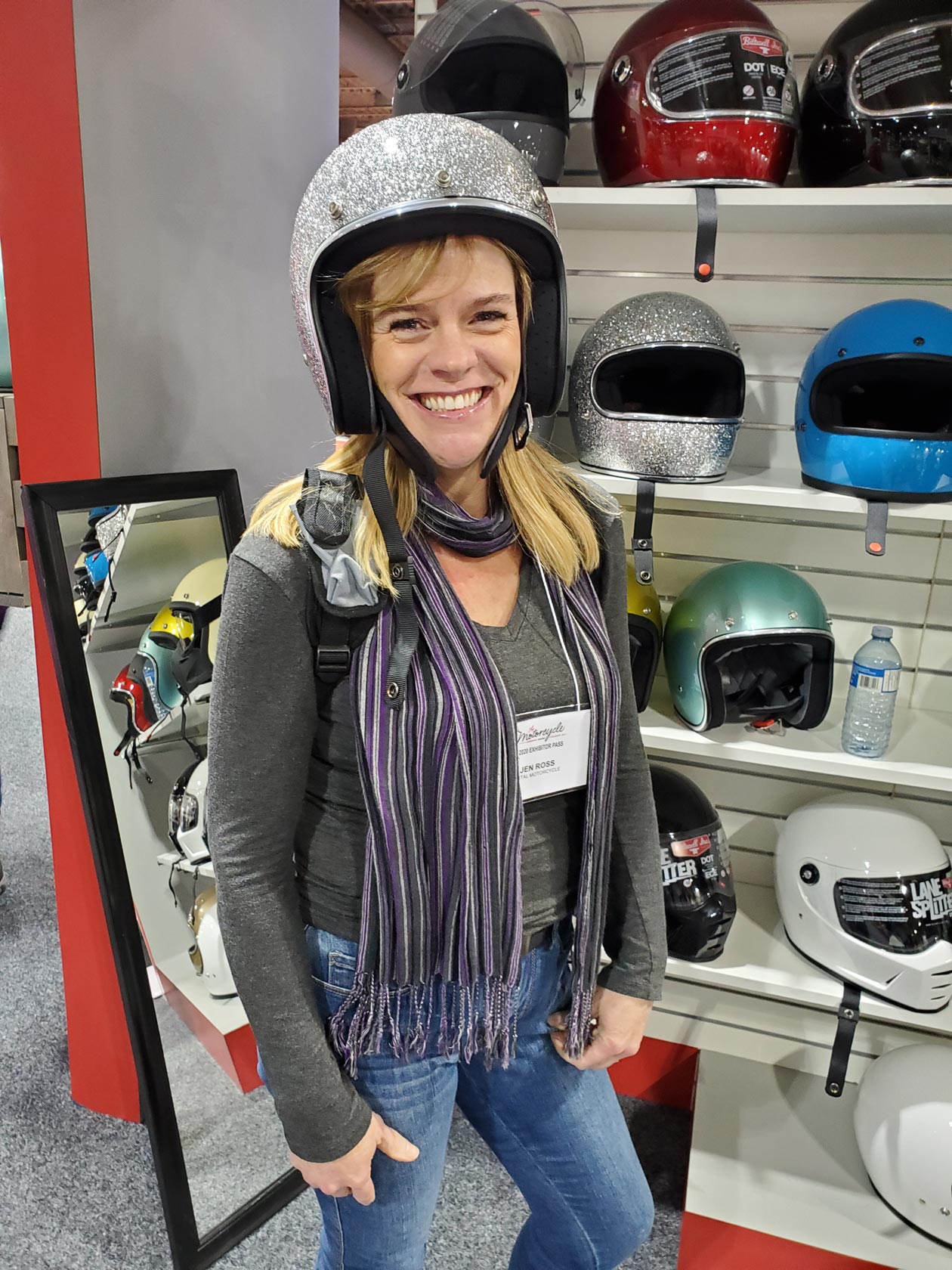
Motorcycling isn’t about transportation alone, it is a life changing event. It is about the feeling you get when you ride. You fill all of your senses with that feeling. May is Here! Let’s Ride: Beginners Guide to Motorcycling is your tool for new and returning riders to help you learn the right way. 14 Chapters filled with information, 20 years in the making and read by millions.
In our Total Motorcycle Beginners Guide to Motorcycling we start in Section One with The First Steps.
Step One: Get a Learners Motorcycle Book:
Within Canada and the USA you can pick up (usually free of charge) a learners book to learn how to ride a motorcycle from any DMV (Department of Motor Vehicles), Driver Registry or the Government Office in charge of issuing licenses. The book will not only help you pass your written/computer motorcycle test to get your learners license, but it will teach you the most basic of motorcycle safety, how to ride, where and what the controls are.
Step Two: Get a Learners Motorcycle License:
Licensing varies from Country to Country and even from smaller areas within a Country (like States, Provinces, Territories, Regions etc.) so I will go over licensing broadly so you get the idea of what to do. Within Canada and the USA you need to get a learner’s permit first before you can either take the Motorcycle Safety Foundation Course or even ride a bike on the road. It is estimated that 25% of motorcycles on the road do not have a valid license. Please, get a license and don’t risk it without one.
Step Three: Think about signing up for a local Motorcycle Safety Foundation Course:
It may save your life, it may extend your motorcycling career, it may make motorcycling more enjoyable, it may give you more confidence, it may even tell you that motorcycling may not be for you before you buy a bike. There are lots of “may” because everyone is different and have different backgrounds. But if any of those “may’s” come true then you are a lot further ahead in the game. My opinion? I wouldn’t even consider riding without taking the course. Not because I could not ride without it, just that I learned so much taking it and years later I’m still enjoying that benefit.
Step Four: Get Proper Riding Gear:
Start off by getting the best gear you can afford. If that is steel-toed construction boots, helmet, jeans and a leather motorcycle jacket and gloves, then fine. If you can afford all leather/textile motorcycle riding gear from the start, then go for it! Frankly, the odds are not in your favor during your first year of riding, so you will probably fall down, better to wear something that is going to protect yourself so you can get back up and ride again, until the next time you fall down. Remember, the majority of us get scared when things go out of our control and you fall down. But as hard as it is, you have to get back up (no matter how hard, afraid or scared you are) and get back on the bike even if it is just to “cure” yourself of that fear and to never ride again. Do it and don’t regret it for all your life.
Word of Advice: Don’t worry about leather or textile motorcycle gear (that was made to be used for motorcycling) about what is better than the other etc. It is all designed to save your life and absorb damage so you do not have to. Image is one thing, but protection (and your life) should be placed higher than image. How else are you going to keep showing off your ride if you’re too injured to ride again? That would just not be good for your motorcycling image in the long run. My gear when I started off consisted of a jean jacket and pants, leather gloves and boots. I rode around the side streets and assumed I’d be OK at 40km/h in that. I choose that once I was ready I would have to buy at least a good motorcycle jacket because I know a Jean jacket isn’t as good. Right now my riding gear is a Joe Rocket Ballistic textile jacket, jeans, steel-toe leather construction boots, top of the line Shark full face helmet and motorcycle leather gloves.
Step Five: Go for your motorcycle License:
Depending on where you live you will have the opportunity to upgrade your Learners License to something better. In some areas you may have to go though Graduated Licensing or get your full license right away. If you have to go though Graduated Licensing then you have to live with that fact. If you do not have to go though Graduated Licensing then I suggest you at least self-impose a “Graduated Licensing” system for yourself at the start. Yes, that isn’t much fun to hear I’m sure, but most new riders will benefit from doing something to learn in steps. For example, restrict yourself to a engine size category like “anything under 500cc” or consider “no passenger” policy for your first year. By making realistic limitations then you will learn at a pace that is perfect for you. In some places in Europe not only are they not allowed (by law) to carry a passenger, but they are (by law) restricted to bike under 125cc and 30hp. Canadian Graduated Licensing laws are not that protective…yet.

Step Six: Get Insurance:
Now that you have your license all you need to do now is great the legal things over with. They are all important steps to getting you and your bike on the road and you will want insurance (even if it is mandatory) to protect you and your bike from harm. Call around all the local insurance places to get quotes on your bike, you may be surprised that some of the quotes will be double what others are for the same coverage, so it pays to shop around.
Liability Insurance:
Liability insurance provides coverage for you if someone else is injured or killed. It also provides coverage if their property is damaged as a result of an automobile accident. If you are legally responsible for an accident, then you are also legally responsible for the damages. If you are uninsured, you will be charged with driving without insurance, and you may be fined. You may also have your driver’s license suspended until you have made satisfactory arrangements to repay the owing amount.
Collision coverage
Collision coverage protects your vehicle if it is damaged in an accident. This coverage is optional because the cost of insuring some older vehicles for collision could be higher than the value of the vehicle itself.
Comprehensive coverage
Comprehensive coverage protects your car against loss or damage other than the collision coverage. This would include falling or flying objects, missiles, vandalism and theft.
Depending on you and your bike, Liability Insurance (without Collision and Comprehensive coverage) may be the way to go. Not only is it the least expensive option, but it fully covers you and the other party (just not your bike if you are in the wrong. If you are in the right and they hit you, you’re bike is covered by their insurance (double check that in your area just to make sure)). If you have an older bike this is generally the best way to go due to the cost of adding on Collision and Comprehensive coverage may be more than the bike’s value itself!
Collision and Comprehensive coverage don’t come for free. They are usually the most expensive option to pay for, not only do you have to pay a high fee to have them, there are usually deductibles to pay as well on top of the fee, so even if you have it, it may not be worth it to even use it! Shop wisely.
Step Seven: Get Your License Plate:
So you got yourself insurance, now all you have to do is get your motorcycle a license plate and an insurance sticker. Usually getting your license plate is a government procedure that you do in person since they have lots of questions to ask you before they give you one. If you do not know where to get your license plate in your area, ask your insurance company and they will be happy to let you know.
In North America, we have to pay a fee for the metal plate itself (one time cost) and than a yearly change for the insurance sticker to put on it.
You can always buy a “Customized” license plate that you can put almost anything you want on it like : COOL1, RDRUNR, LITL KD, ICEMAN etc. anything that will fit on it. You should have a few combinations you like in case someone already has that one.
Mount your motorcycle plate with pride and welcome to the gang!
Step Eight and Nine: Off you go to more advanced knowledge.
Be inspired. Make this year THE year to start riding and adventuring. Start off right by reading our Beginner’s Guide to Motorcycling. Millions of new riders each year are helped by our guide.
Main Sections:
- Section One: The First Steps.
- Section One 1/2:Insurance
- Section Two:Choosing Your Ride and not someone else’s.
- Section Two 1/2: Motorcycle Seat Heights
- Section Three:The Basic styles of Motorcycles.
- Section Four:Motorcycle Gear, Gearing Up
- Section Five:Routes and Lessons – Learning to Ride
- Section Five 1/2:Counter Steering & Push Steering
- Section Five 2/2:Counterweighting – Tight Turns, Tight Skills
- Section Six:The Soul of a Bike – The Engine
- Section Six 1/2: The Engine Wars: Single vs. V-Twin vs. In-line Four
- Section Six 2/2: How loud do you want it?
- Section Seven: Motorcycle Tests and Quizes
- Section Eight:Motorcycle Maintenance, more than kicking tires.
- Section Nine:Survivability – Cars Versus Motorcycles
Appendixes:
- Appendix One: Lessons I’ve learned, the hard way.
- Appendix Two:First ride stories.
- Appendix Three:The Future of Motorcycling
Advice:
- Total Motorcycle Forums
- Total Motorcycle New Bikers Forum
- Total Motorcycle Motorcycle Safety, Security & Rider Tips Forum
- Total Motorcycle Shop
- Riders Writes:Andrew Durling
As a motorcyclist myself, trying to come up with a description for what motorcycling means to me and others is difficult to get across in words alone. The best description I can think of is: Motorcycling isn’t about transportation alone, more than just a lifestyle, it is a life changing event; period.
If you have never rode a motorcycle before this can be difficult to understand what I’m trying to get across. You may be thinking its all about the clothing, merchandise, music, engine size, bike style, manufacturer or lingo. I won’t lie to you, a small part of it is. For me, it is about the feeling you get when you ride. You fill all of your senses with that feeling.
Imagine this: Your riding down a clear road, tank full of gas, no where in particular to go with the whole day ahead of you, you smell the countryside/mountains/fresh rain/forest/ocean/hay as you pass, the sun shining down with the wind at your back. You can choose to go down any road that you want, hit the twisties, cruise the super-slab or explore that small town ahead… That feeling is the of freedom, and it is extremely addictive. Enjoy our Beginner’s Guide to Motorcycling!
Motorcycling and the Senses:
You will find that motorcycling will fill the needs of all your senses:
Sight: The roads, the scenery, the horizon stretching in front of you…
Smell: The countryside, mountains, fresh rain, forest, ocean, hay…
Sound: The rumble of the engine, the wind whizzing by, nature…
Touch: The control of the machine, the feel of being part of everything around you and not just driving though…
Taste: The dust in the air, the sweetness of fresh rain…
Don’t forgot the other senses as well.
The sense of belonging to something bigger than you’ve known before: The community, a brotherhood/club of bikers, good times and good friends.
The sense of accomplishment: Riding further, visiting new places, trying new roads, improving your skills and more….
While you can do all that in a car, it isn’t even close to that feeling. Trust Us. 🙂
Welcome to the Beginner’s Guide to Motorcycling section of the website. This section is dedicated to those who are new (or newly) into motorcycling. It is my hope that the information provided will enhance your motorcycling career.
Have fun out there, enjoy the ride and be safe. – Mike Le Pard (webmaster)








